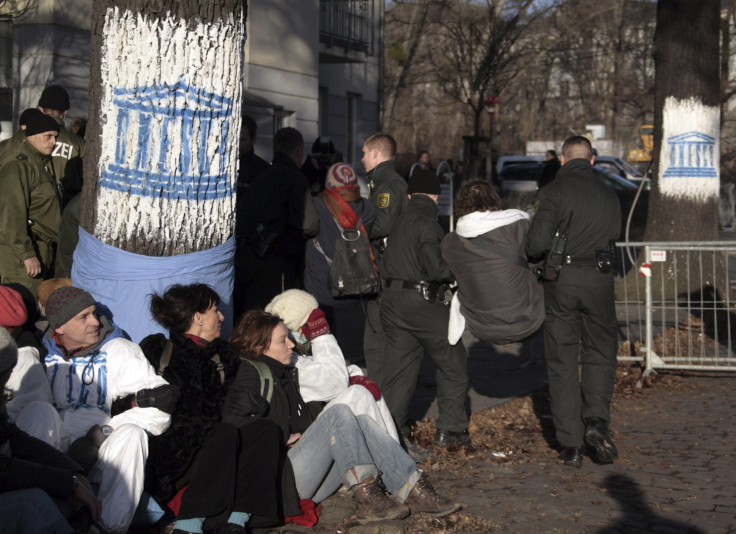Dresden Bridge That Got City Booted Off Unesco World Heritage List Opens

Bridge openings are meant to be joyous celebrations, but officials inaugurated an “architecturally banal” four-lane structure over the River Elbe in Dresden, Germany, on Saturday amid a whirlwind of controversy. The 182 million euro ($243.5 million) Waldschlösschen Bridge, after all, was the reason Dresden lost is status on Unesco’s prestigious World Heritage List.
It was 2004 when Unesco first marveled at Dresden’s remarkably restored 18th century skyline. The city had come a long way, the agency noted, from its days as “Florence on the Elbe” to a heap of Allied-bombed rubble at the end of World War II and back again. Yet, five years later, the World Heritage site that extended for some 20 kilometers (12 miles) on either side of Dresden became just the second ever in history to be delisted after Unesco axed Oman's Arabian Oryx Sanctuary in 2007 for a lack of Oryx.
The U.N. body voted in 2009 that the proposed Waldschlösschen Bridge would irreversibly damage Dresden’s historic Elbe Valley landscape and mar the view of its magnificent baroque palaces. The mere idea of the bridge, according to the World Heritage Committee, was “a national disgrace.”
Under construction since 2007, Waldschlösschen has long been a point of contention between local Dresden authorities (who believed it necessary to reduce traffic congestion) and several vocal opponents (who charged the city with “capitulating to the car industry”). The saga began almost as soon as Unesco granted Dresden World Heritage status and has taken nearly as many twists and turns as the meandering River Elbe itself.
The powerful antibridge movement attracted support from several notable figures over the years, including Nobel Prize-winning writer Günter Grass, and galvanized environmentalists, who charged that it would endanger a species of bat that lives in the area. The German government, meanwhile, offered Dresden federal aid to build a tunnel under the river to avoid loosing its Unesco status, a revered title that serves as both a vital marketing tool and major tourism draw.
Yet, a poll conducted by local newspaper Sächsische Zeiutung soon after the delisting in 2009 found that most Dresden residents were willing to see the title go to have their bridge, despite any symbolic damage it could cause to the city’s reputation or practical harm to its tourism revenue.
Indeed, some 65,000 Dresdeners gathered at the 635-meter (2,083-foot) bridge on Saturday, two days before it opened to automobiles, as a testament to what they viewed as a symbol of something more important than Unesco designation in the post-Communist city: citizen action. It may have taken almost seven years to build Waldschlösschen due to massive legal and public protests, but more than two-thirds of city voters approved plans for the bridge nearly a decade ago, and they’ve been counting the days until it opened.
That doesn’t mean that the Unesco row hasn’t rankled some in Dresden, as its Mayor Helma Orosz noted at the opening ceremony. “The loss of World Heritage status has, whatever one’s attitude is to the bridge, hurt all of us,” she said, according to local reports. Yet, Orosz added, “Even after the completion of the bridge, Dresden’s Elbe Valley is worthy of world heritage status.”
Though it may have dealt a blow to the city’s pride, the loss of Unesco support never took its predicted toll on tourism revenue. Dresden reported a record year in 2010 with growth of nearly 7 percent over 2009, the year it lost its “world heritage.”
© Copyright IBTimes 2024. All rights reserved.






















